Home>Storage & Organization>Kitchen Organizing Tools>Why Does My Cat Sleep In The Litter Box?
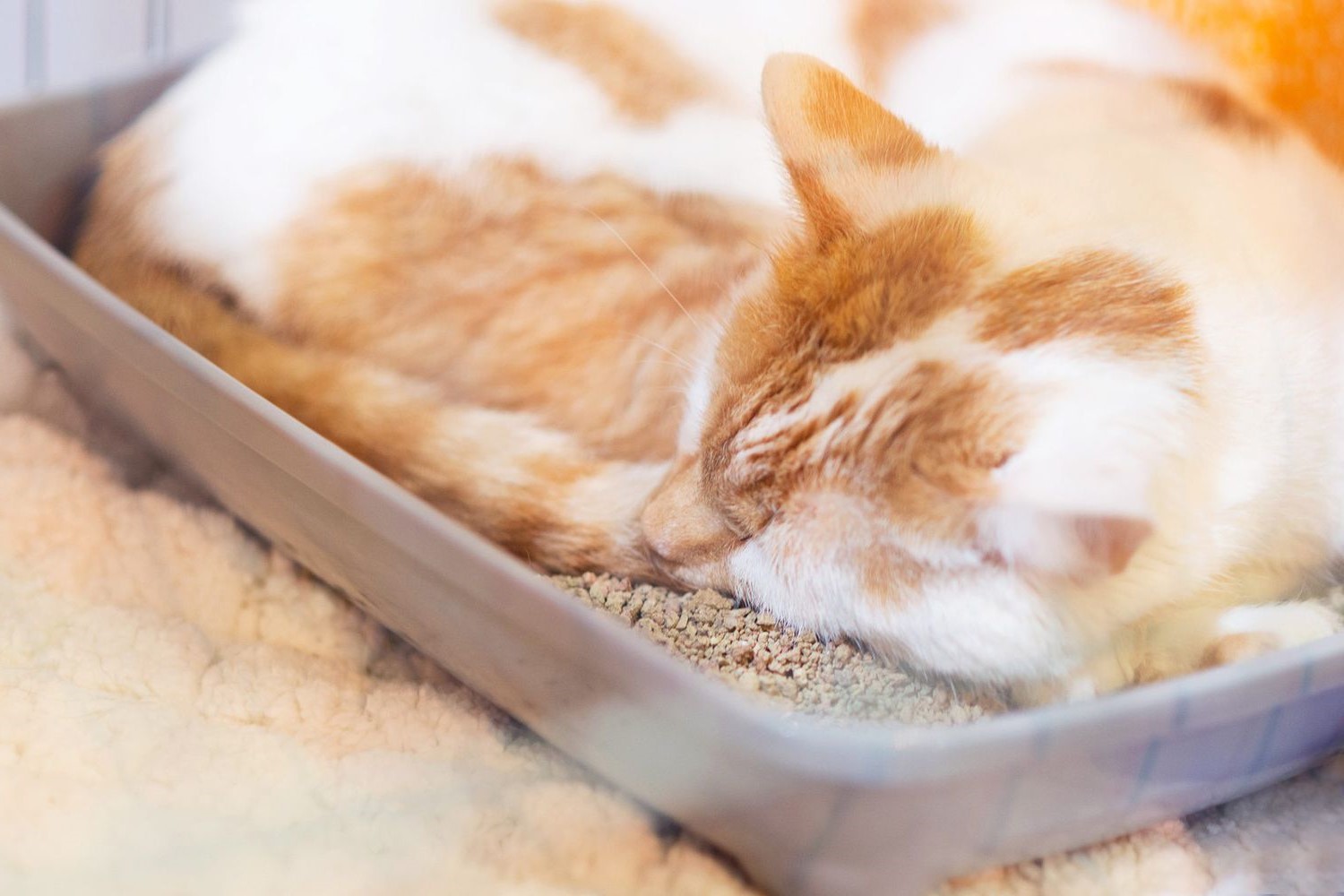

Kitchen Organizing Tools
Why Does My Cat Sleep In The Litter Box?
Published: February 23, 2024
Discover the best kitchen organizing tools to keep your space clutter-free and efficient. Find the right solutions for your kitchen today!
(Many of the links in this article redirect to a specific reviewed product. Your purchase of these products through affiliate links helps to generate commission for Storables.com, at no extra cost. Learn more)
Introduction
Cats are known for their quirky behaviors, and one puzzling habit that some cat owners may encounter is finding their feline friend curled up and snoozing inside the litter box. This behavior can be both perplexing and concerning for pet owners, prompting them to wonder why their cat chooses to sleep in such an unusual location. Understanding the potential reasons behind this behavior is crucial for addressing any underlying issues and ensuring the well-being of the cat.
The litter box is typically associated with elimination rather than relaxation, making it an unexpected choice for a sleeping spot. However, cats are complex creatures with unique preferences and instincts. While some cats may prefer cozy beds or sunny windowsills for their naps, others may find solace in the confined space of the litter box. As such, it's essential to delve into the various factors that could contribute to this behavior, ranging from medical issues to environmental stressors and behavioral patterns.
By exploring the potential reasons behind a cat's decision to sleep in the litter box, pet owners can gain valuable insights into their feline companion's needs and well-being. This understanding can pave the way for effective strategies to address the issue and create a more comfortable and suitable sleeping environment for the cat. In the following sections, we will delve deeper into the possible reasons for this behavior, considering both medical and behavioral aspects, as well as environmental factors that may influence a cat's choice of resting place. Understanding these factors is the first step toward helping our feline friends lead happier, healthier lives.
Key Takeaways:
- Cats may sleep in the litter box for security, warmth, or due to stress. Understanding their needs and providing cozy resting spots can help address this unusual behavior and ensure their well-being.
- If your cat sleeps in the litter box, consider medical issues like urinary tract infections and behavioral factors like past trauma. Creating a stress-free environment and seeking veterinary care can help address this behavior.
Read more: Why Does My Cat Spray In The Litter Box?
Possible Reasons for Sleeping in the Litter Box
Cats are known for their fastidious grooming habits and their inclination to seek out comfortable resting spots. However, when a cat chooses to sleep in the litter box, it can be perplexing for pet owners. Several potential reasons may underlie this unusual behavior, shedding light on the cat's physical and emotional state.
Seeking Security and Privacy
The enclosed space of a litter box may provide a sense of security and privacy for a cat. In the wild, felines often seek out secluded spots for rest to avoid potential threats and disturbances. The litter box, with its walls and cover, may mimic this instinctual need for a secure and sheltered resting place. Additionally, if the cat perceives the home environment as chaotic or stressful, the litter box may offer a retreat from perceived threats or disruptions.
Comfort and Warmth
Some cats may find the litter box appealing for its warmth and comfort. If the litter is freshly changed, it can provide a soft and cozy surface for a cat to curl up on. This may be particularly true in households with tile or hardwood floors, where the litter box may offer a warmer alternative to other sleeping areas. Additionally, the enclosed space of a covered litter box can trap body heat, creating a snug environment that appeals to the cat's desire for warmth and security.
Territorial Behavior
Cats are territorial animals, and their scent plays a significant role in marking their territory. By sleeping in the litter box, a cat may be reinforcing its scent within its territory, particularly if it shares the home with other pets. This behavior can be a way for the cat to assert its presence and dominance within the household, especially if it feels threatened or insecure in its environment.
Read more: Why Does My Cat Sit In The Litter Box
Stress and Anxiety
Stress and anxiety can significantly impact a cat's behavior, leading to unusual habits such as sleeping in the litter box. Changes in the household, such as the introduction of a new pet, a move to a new home, or disruptions in routine, can trigger stress in cats. In response, some cats may seek out the litter box as a refuge, attempting to find solace in a familiar and enclosed space during times of heightened anxiety.
Understanding these potential reasons for a cat's choice to sleep in the litter box is essential for addressing the behavior effectively. By considering these factors, pet owners can gain valuable insights into their cat's needs and preferences, paving the way for targeted strategies to create a more comfortable and suitable sleeping environment for their feline companion.
Medical Issues to Consider
When a cat exhibits unusual behavior, such as sleeping in the litter box, it's crucial to consider potential medical issues that could be contributing to this atypical habit. Cats, like humans, can experience various health concerns that may manifest in unexpected behaviors. By exploring the medical aspects, pet owners can ensure that their feline companions receive the necessary care and attention to address any underlying health issues.
Urinary Tract Infections and Painful Elimination
One of the primary medical considerations when a cat displays unusual litter box behavior is the possibility of a urinary tract infection (UTI) or other urinary issues. Cats suffering from UTIs may associate the litter box with discomfort and pain, leading them to avoid using it for elimination but seek solace in its familiar confines for rest. Additionally, the discomfort associated with urination may cause the cat to seek out the litter box as a place to find relief from the discomfort, inadvertently leading to the perception of sleeping in the litter box.
Feline Lower Urinary Tract Disease (FLUTD)
Feline Lower Urinary Tract Disease (FLUTD) encompasses a range of conditions affecting the bladder and urethra in cats. FLUTD can cause discomfort, pain, and increased urgency to urinate, prompting affected cats to seek out the litter box frequently. In some cases, a cat may choose to rest in the litter box as a response to the discomfort associated with FLUTD, leading to the perception of sleeping in this location.
Read more: Why Does My Cat Scratch The Litter Box
Kidney Disease and Diabetes
Kidney disease and diabetes are among the chronic health conditions that can affect cats, leading to increased thirst and urination. Cats with these conditions may exhibit changes in their litter box habits, including spending more time in the box or exhibiting unusual resting behaviors within it. Monitoring a cat's litter box behavior can provide valuable insights into potential health issues, prompting timely veterinary evaluation and intervention.
Behavioral Manifestations of Pain
It's important to recognize that cats may exhibit atypical behaviors, such as sleeping in the litter box, as a manifestation of pain or discomfort. Cats are known for their stoic nature, often masking signs of illness or pain. Therefore, unusual behaviors should prompt a thorough assessment by a veterinarian to rule out underlying medical issues that may be contributing to the cat's behavior.
By considering these medical issues, pet owners can take proactive steps to ensure their cat's well-being. Seeking veterinary guidance and timely medical intervention can address any underlying health concerns, ultimately improving the cat's quality of life and potentially resolving the atypical litter box behavior.
Behavioral Issues to Consider
Understanding the behavioral aspects of a cat's decision to sleep in the litter box is essential for addressing this atypical habit effectively. Cats exhibit a wide range of behaviors influenced by their instincts, past experiences, and current environment. When it comes to resting and seeking comfort, behavioral considerations play a significant role in shaping a cat's preferences and habits.
Past Trauma or Negative Associations
Cats, like humans, can be deeply affected by past experiences. If a cat has experienced trauma or negative associations with other resting areas in the home, it may seek out the litter box as a perceived safe haven. This behavior can stem from a reluctance to use traditional resting spots due to past negative encounters, leading the cat to find solace in the litter box's enclosed and familiar environment.
Read more: Why Does My Cat’s Litter Box Smell So Bad
Resource Competition and Stress
In multi-cat households, resource competition and social dynamics can significantly impact a cat's behavior. Cats may seek out the litter box as a resting spot to avoid potential conflicts with other pets or to secure a coveted territory within the home. Additionally, stress resulting from social interactions or resource competition can drive a cat to seek out the litter box as a refuge, providing a sense of security and control in a potentially challenging environment.
Environmental Stressors and Anxiety
Environmental stressors, such as loud noises, changes in routine, or disruptions in the household, can trigger anxiety in cats. In response to heightened stress, some cats may seek out the litter box as a calming retreat. The enclosed space of the litter box may offer a sense of security and predictability, providing a comforting refuge during times of environmental upheaval.
Inadequate Resting Options
The availability and suitability of resting options within the home can influence a cat's choice of sleeping location. If the home lacks comfortable and secure resting spots, a cat may resort to the litter box as an alternative. This behavior can indicate a need for additional cozy and secluded resting areas within the home to accommodate the cat's preferences and ensure a stress-free environment.
By considering these behavioral factors, pet owners can gain valuable insights into their cat's motivations for sleeping in the litter box. Addressing these behavioral considerations can involve creating a more enriching and stress-free environment for the cat, offering alternative resting options, and fostering positive associations with other areas of the home. Understanding the behavioral underpinnings of this behavior is crucial for implementing effective strategies to address the cat's needs and preferences.
Environmental Factors to Consider
The environment in which a cat resides plays a pivotal role in shaping its behaviors and preferences, including the choice of resting locations. When a cat exhibits the unusual behavior of sleeping in the litter box, it is essential to consider the environmental factors that may be influencing this atypical habit. By delving into the environmental dynamics, pet owners can gain valuable insights into their cat's responses to its surroundings and make informed adjustments to create a more conducive and comfortable living space.
Read more: Why Does My Cat Meow When In The Litter Box
Home Layout and Design
The layout and design of the home can significantly impact a cat's behavior and comfort. In households with limited secluded resting spots or an open floor plan that lacks privacy, a cat may seek out the litter box as a refuge. The enclosed nature of the litter box can provide a sense of security and seclusion, especially in homes where alternative resting areas are scarce. Understanding the impact of the home's layout on the cat's behavior can prompt pet owners to create additional cozy and secluded resting options, catering to the feline's need for privacy and comfort.
Temperature and Climate
The temperature and climate within the home can influence a cat's choice of resting spots. Cats are known for their affinity for warmth and may seek out cozy, insulated areas for relaxation. In colder environments, the litter box, particularly if it is covered, can offer a relatively warmer and more insulated resting space compared to other areas of the home. Understanding the cat's preference for warmth can guide pet owners in providing alternative cozy resting spots, such as heated beds or strategically placed blankets, to accommodate the cat's need for comfort.
Household Dynamics and Activity Levels
The overall dynamics and activity levels within the household can impact a cat's sense of security and relaxation. In bustling and active environments, some cats may seek out the litter box as a quiet and undisturbed resting spot. This behavior can stem from the cat's desire to find solace in a tranquil space amidst household commotion. Understanding the influence of household dynamics on the cat's behavior can prompt pet owners to create designated quiet areas or provide calming resources, such as pheromone diffusers, to alleviate potential stress and anxiety.
Access to Outdoor Spaces
For cats with access to outdoor spaces, the allure of the litter box as a resting spot may be influenced by their outdoor experiences. Cats that spend time outdoors may seek out the litter box as a familiar and secure location, especially if it resembles the secluded spots they encounter in the outdoor environment. Understanding the impact of outdoor experiences on a cat's choice of resting areas can prompt pet owners to create enriching indoor environments that offer comparable seclusion and security, reducing the cat's reliance on the litter box for refuge.
By considering these environmental factors, pet owners can gain valuable insights into the influences shaping their cat's behavior. This understanding can guide the creation of a more tailored and comfortable living space for the cat, addressing its need for security, comfort, and seclusion. Making informed adjustments based on environmental considerations can ultimately lead to a more enriching and stress-free environment for the feline companion.
Read more: Why Is My Cat Staring At The Litter Box
How to Address the Issue
Addressing the issue of a cat sleeping in the litter box requires a multifaceted approach that encompasses the cat's physical, emotional, and environmental needs. By implementing targeted strategies and adjustments, pet owners can effectively address this atypical behavior and create a more comfortable and suitable living environment for their feline companion.
Veterinary Evaluation and Medical Intervention
The first step in addressing the issue involves seeking veterinary evaluation and medical intervention. A thorough examination by a veterinarian can help rule out underlying medical conditions, such as urinary tract infections, feline lower urinary tract disease (FLUTD), kidney disease, or diabetes, which may be contributing to the cat's behavior. Timely medical intervention can alleviate any discomfort or pain the cat may be experiencing, ultimately improving its well-being and potentially resolving the litter box-related behavior.
Environmental Enrichment
Creating a stimulating and enriching environment for the cat is essential for addressing the issue. This can involve providing a variety of cozy and secluded resting options throughout the home, catering to the cat's need for privacy and comfort. Additionally, incorporating interactive toys, scratching posts, and vertical spaces can offer mental and physical stimulation, reducing potential stress and anxiety that may drive the cat to seek out the litter box for refuge.
Litter Box Management
Optimizing the litter box environment is crucial for encouraging appropriate litter box use and deterring the cat from using it as a resting spot. This includes ensuring that the litter box is kept clean and odor-free, as some cats may avoid using a soiled box for elimination but still find comfort in its confines. Additionally, providing multiple litter boxes in different locations can offer the cat alternative elimination spots, reducing the likelihood of it using the box for purposes other than its intended use.
Read more: Why My Cat Plays In The Litter Box
Stress Reduction and Calming Resources
Addressing potential stressors in the cat's environment is paramount for promoting relaxation and well-being. This can involve creating designated quiet areas, utilizing pheromone diffusers, and maintaining consistent routines to minimize disruptions. Calming resources, such as cozy blankets and heated beds, can also provide the cat with alternative warm and comfortable resting options, reducing its reliance on the litter box as a source of comfort.
Positive Reinforcement and Monitoring
Encouraging and rewarding the cat for using appropriate resting areas can help redirect its behavior away from the litter box. Offering treats, praise, and affection when the cat chooses alternative resting spots can reinforce positive associations with these locations. Additionally, closely monitoring the cat's behavior and providing ongoing support and adjustments based on its responses are essential for addressing the issue effectively.
By implementing these strategies and adjustments, pet owners can address the issue of a cat sleeping in the litter box proactively and compassionately. Understanding the cat's needs and preferences, along with addressing potential medical, environmental, and behavioral factors, can lead to a more harmonious and comfortable living environment for both the cat and its human companions.
Frequently Asked Questions about Why Does My Cat Sleep In The Litter Box?
Was this page helpful?
At Storables.com, we guarantee accurate and reliable information. Our content, validated by Expert Board Contributors, is crafted following stringent Editorial Policies. We're committed to providing you with well-researched, expert-backed insights for all your informational needs.
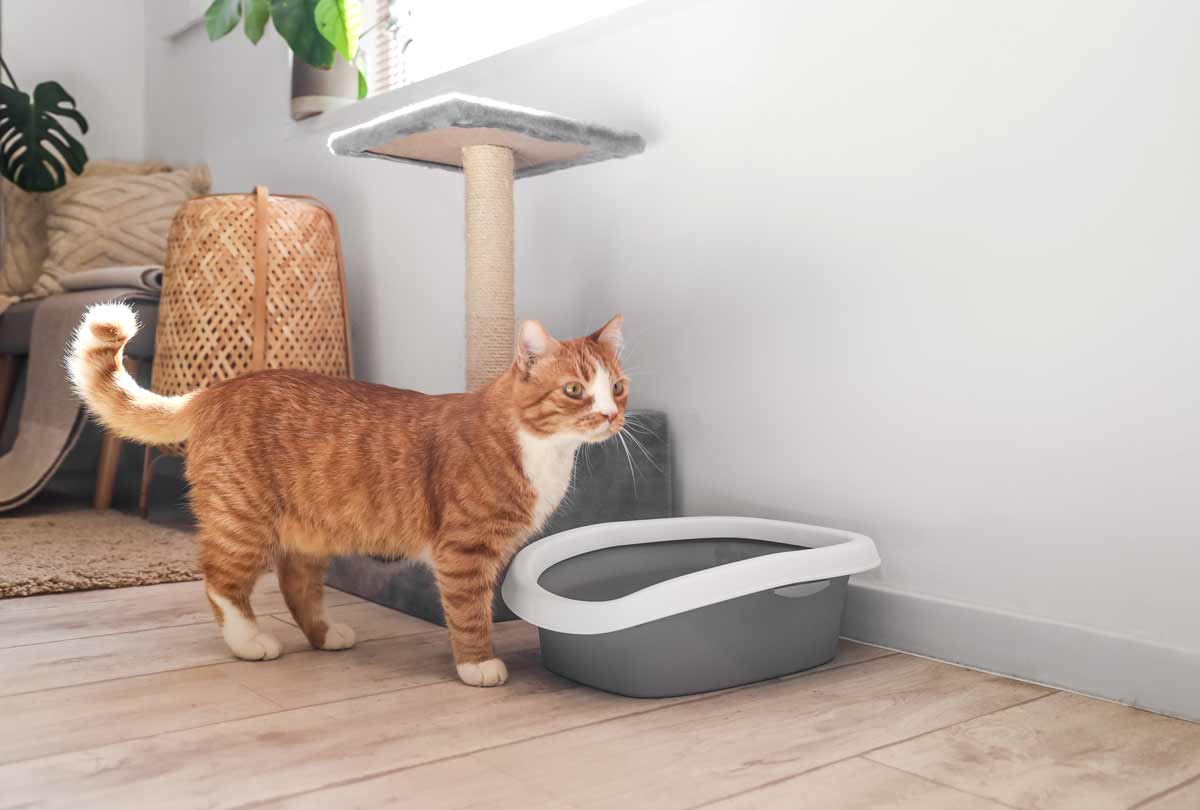
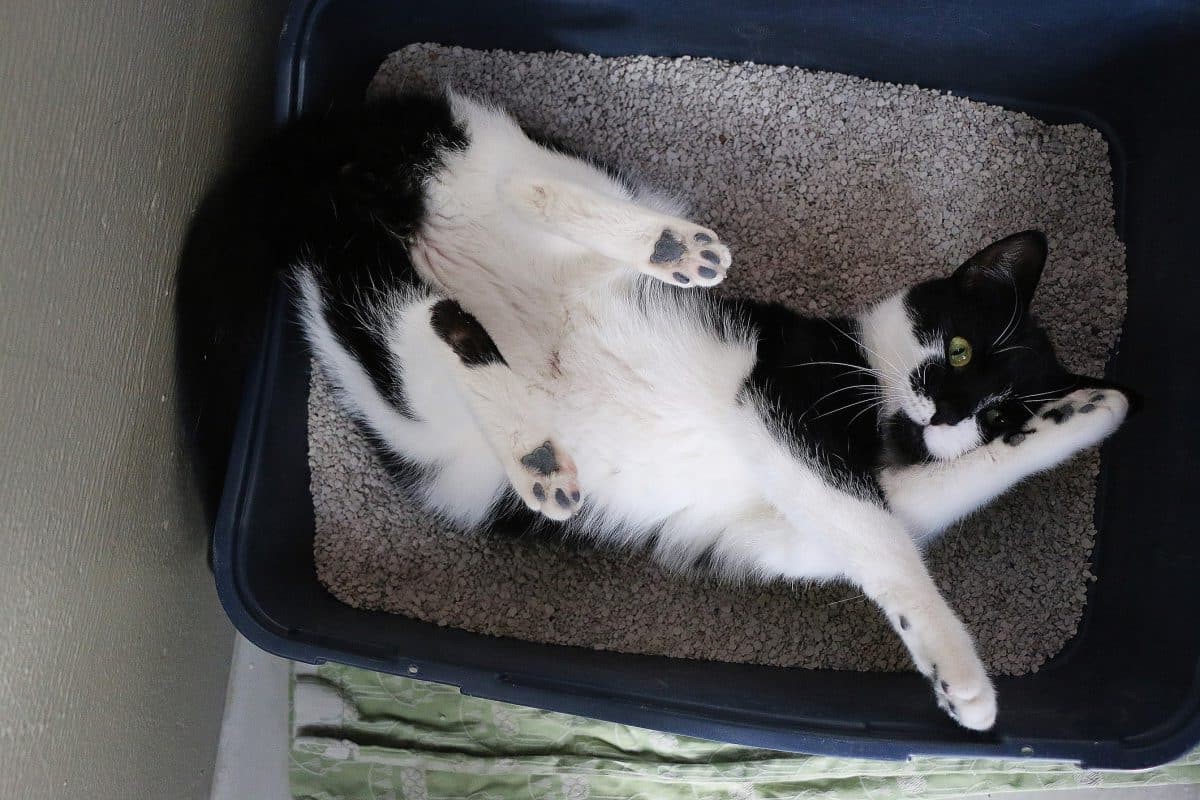
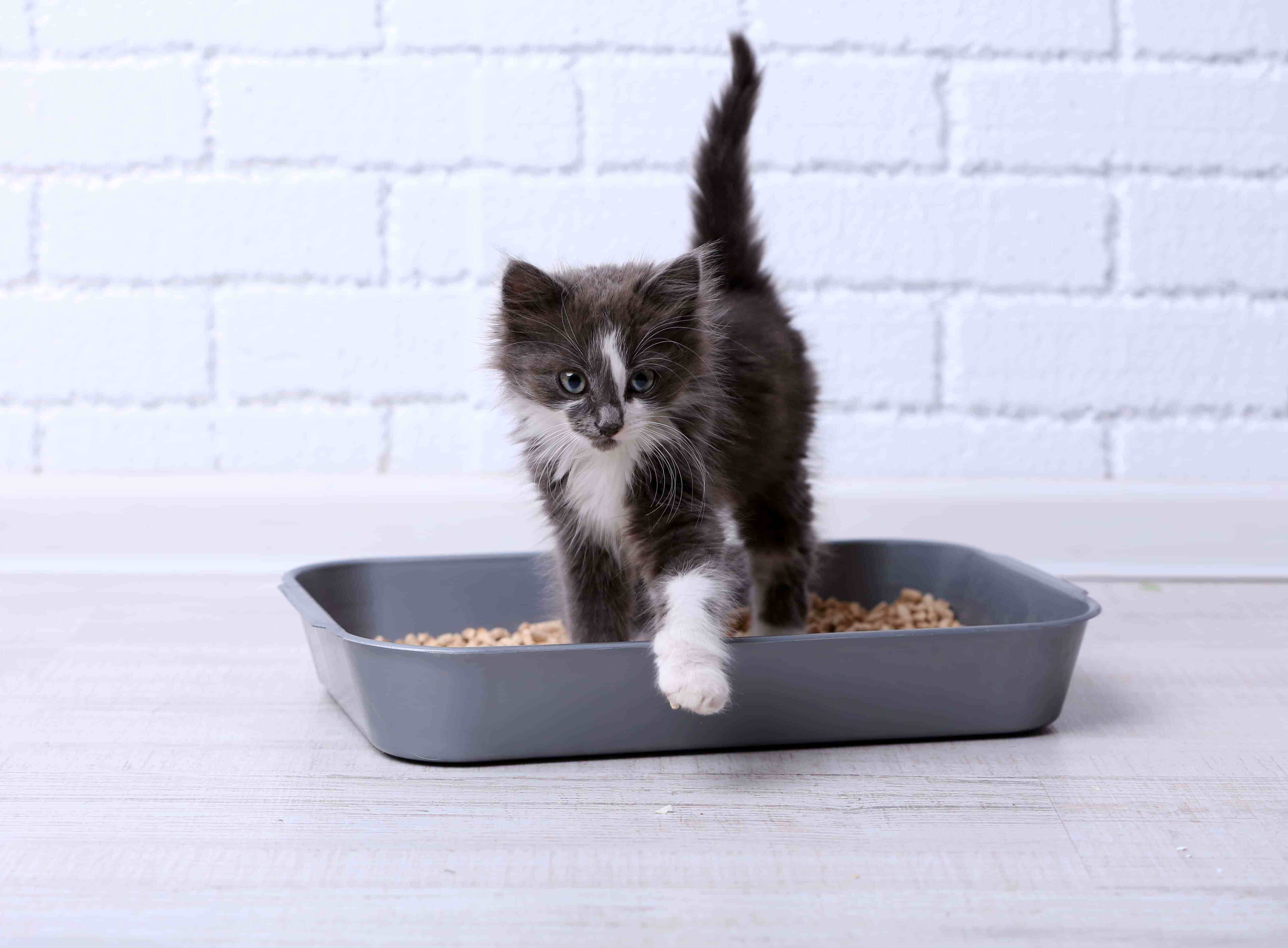


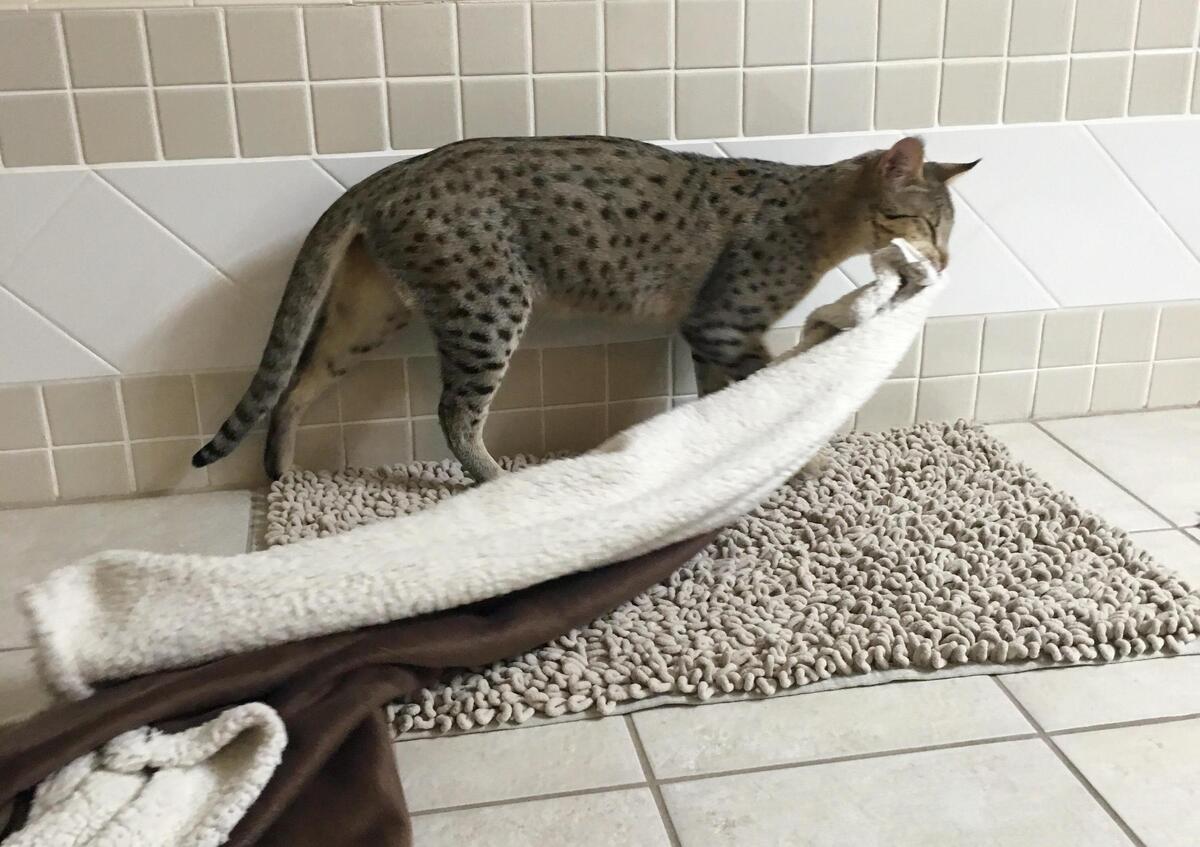
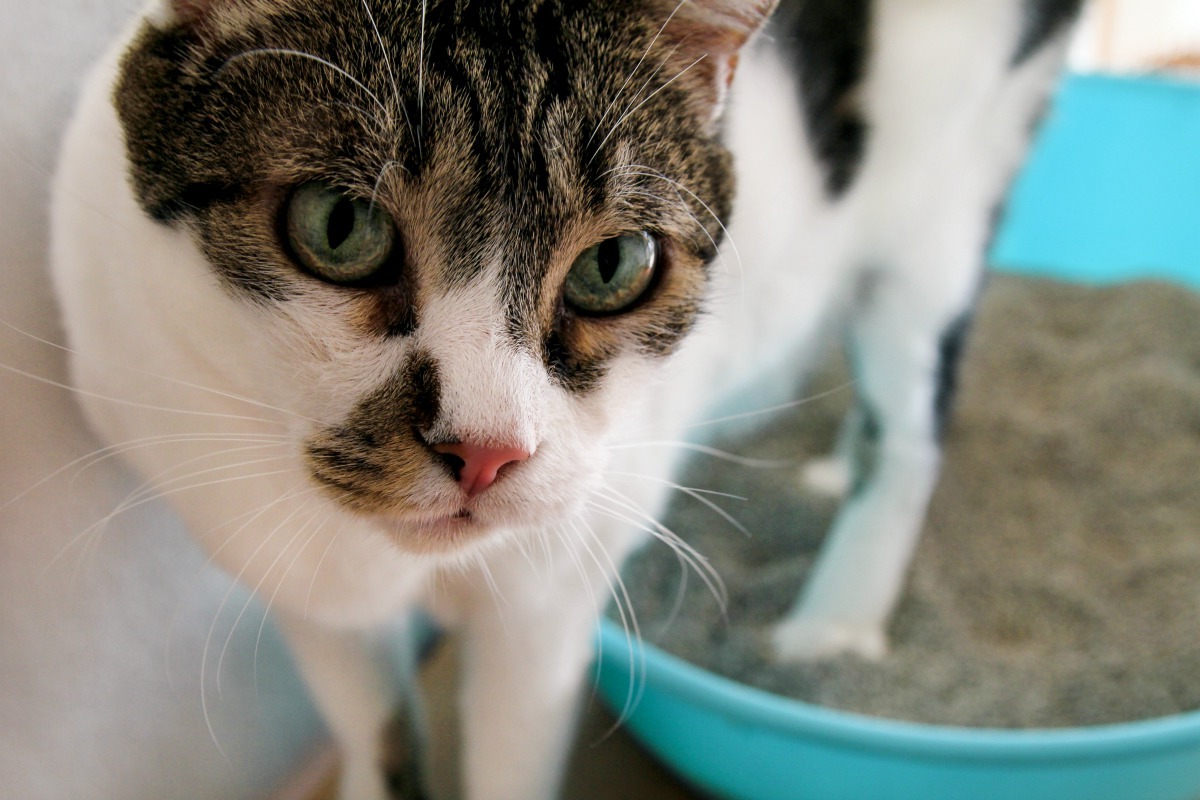
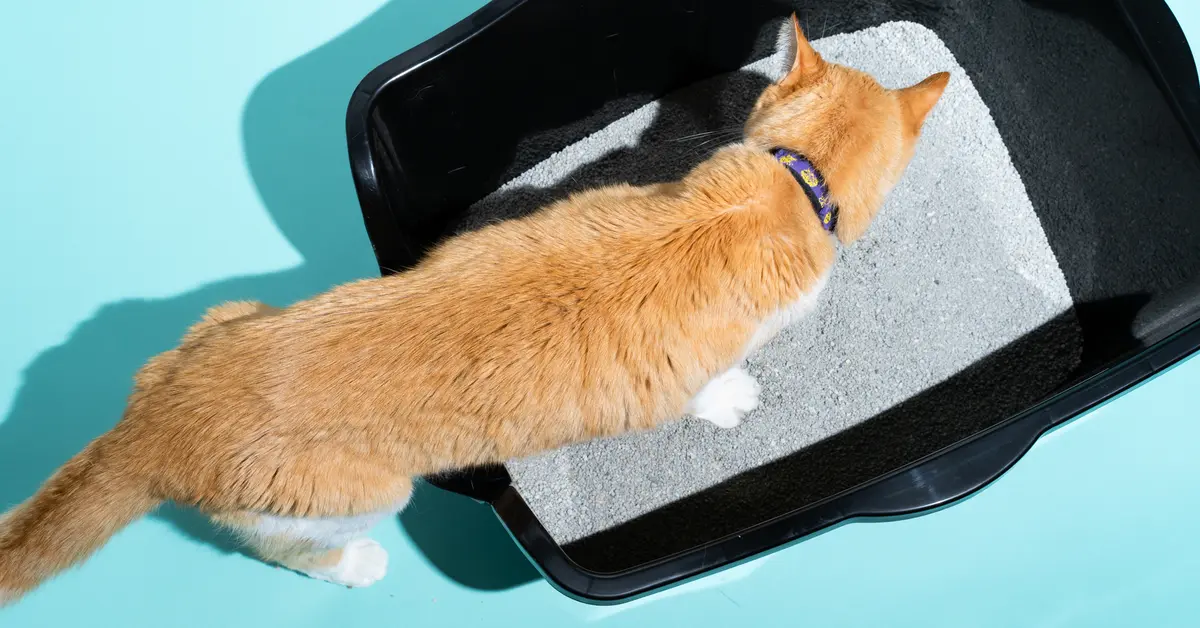


0 thoughts on “Why Does My Cat Sleep In The Litter Box?”